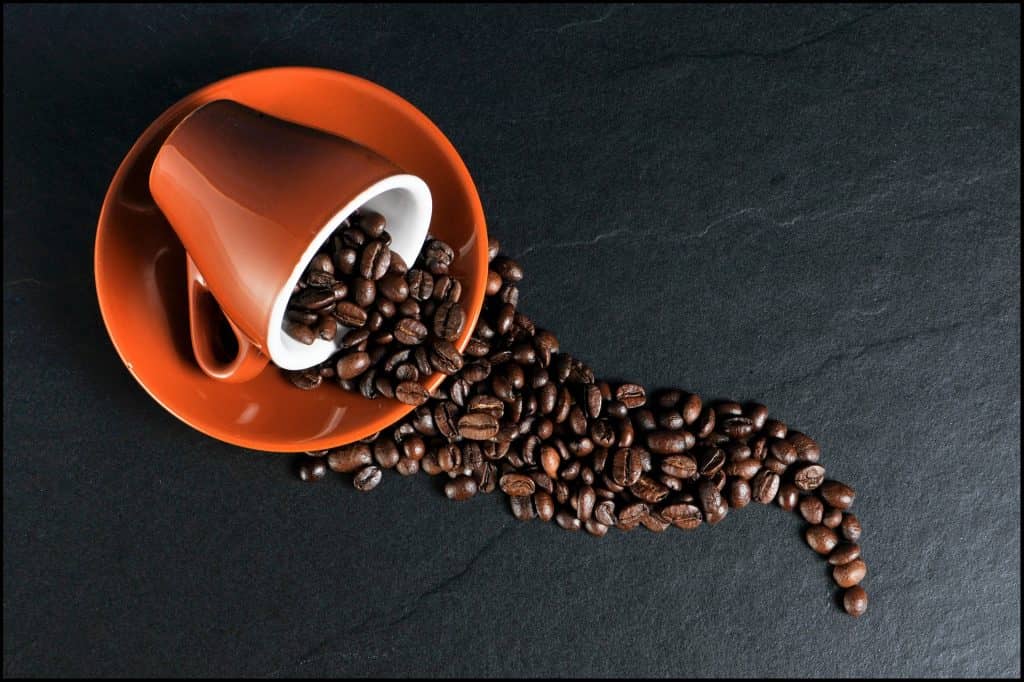Coffee overcomes resistance, and the Mar/23 position advances above the level of 170 cents on ICE US, digesting Conab’s crop number and rumors of damage caused by hailstorms to the potential of the next Brazilian crop. The improvement in the financial mood, given the Fed’s decision to mitigate the slope of the high in the US interest rate curve, also served as support for coffee prices. And so did China’s decision to ease restrictions against COVID-19 and study new measures to stimulate the economy. Fundamental indicators and the improvement in the financial market ended up giving traction to the upward movement in New York coffee prices.
Conab increased production in Brazil 22/23 to 50.92 mln bags, up 6.7% from last season. The official number reinforces the idea of tightness in the current season. In any case, the eyes of the market are more attentive to Brazil’s 2023 crop. In this case, traders were concerned about information indicating potential losses between 100,000 and 2.7 mln bags due to the recent hailstorms. An extremely wide range of losses, which does not bring many conclusions but feeds the speculative base in comparison to Brazil’s 2023 crop, smaller by almost 3 mln bags due to adverse weather.
The fact is that traders are waiting for news about the next Brazilian crop. They monitor the climate and the impressions on the blossoming. Preliminary ideas are wide open, with the most pessimistic talking about a crop of just over 50 mln bags. Those who are more optimistic indicate more than 70 mln bags in 2023. The fact is that despite problems with blossoming, expectations remain positive. Arabica production must not reach the record level of 2020, but tends to be higher than in the last two years. At least that’s the sentiment that prevails among stock market traders. And this must increase the offer of Brazilian arabica and bring more peace of mind to global supply. The Brazilian conillon crop, on the other hand, must practically repeat 2022, being, therefore, greater than that harvested in 2020.
The truth is that there is still a lot to be defined. The current impression is given by the appearance of the blossoming and the progress in the post-blossoming period. The next point of production stress is graining in the first months of next year, and then comes the harvest, where excessive rain can disrupt coffee yield and quality. Not to mention the cold season and the risk of frost. Maps indicate rainfall for the coming weeks, and the models point to the first quarter of 2023 with normal moisture.
Accelerated flow and sharp decline in conillon shipments
The performance of Brazilian exports in these first months of the 22/23 season is noteworthy. Data from Cecafé indicate shipments of 3.7 mln bags in the last month of November. And with that, accumulated exports in the first 5 months of the 22/23 business season, which started in July, amount to 16.1 mln bags, up 1.7% from the same period last season, when they accumulated 15.8 mln bags.
This better-than-expected performance compared to the previous season generates conflict with the tight supply scenario in the current season. SAFRAS’ preliminary projection for shipments for the 22/23 season indicates a 9% decline in shipped volume. To maintain this low projection for exports, the flow of shipments needs to decline sharply in the coming few months compared to the same period last year. And this flow check is important, as it serves as a reference to consolidate production numbers. In this sense, a higher-than-expected flow naturally induces an upward revision in the projection for the size of Brazil’s 22/23 crop.
(gráfico: embarques Brasil Cecafé)
Another point is the change in the distribution of shipped coffee. Among the volume of 16.05 mln bags shipped between July and November, around 90% are green coffee (14.52 mln bags). And out of the total volume of green coffee, arabica accounts for something close to 96% (13.88 mln bags), and conillon for the remaining 4%, which corresponds to just 636,000 bags. Compared to the same period last year, conillon shipments totaled 1.67 mln bags and accounted for almost 12% of the total.
The aggressiveness of the domestic roasted and ground industry ended up making Brazilian conillon competitive in the international market, justifying its weaker performance. Robusta’s recovery on ICE Europe and the aggressiveness of Vietnam led the conillon 13 up differential to fall to -2 cents in the FOB port of Vitória. Between August and September, the export differential of this description was between +5 and +10 cents against the price on the London terminal converted into cents per pound.
The fall in the differential only affected bids, since offers are still very distant, at around +20 cents, which makes business unfeasible. Offers are based on the price practiced in the internal market, inflated and detached from the external reality. This mismatch helps to understand the poor performance of conillon exports. And this is part of the local industry’s strategy, seeking to keep the domestic buy price more attractive than the export sell price, thus preventing conillon from being sent abroad at the risk of a shortage at the end of the season, as happened last season.

